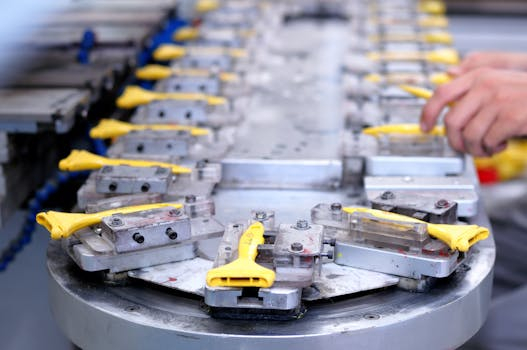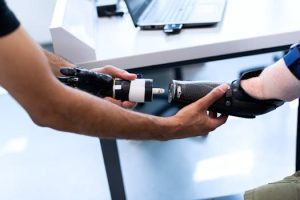Robotics in Car Assembly: The Factory of the Future
As technology continues to advance and industries evolve, the world of car assembly is no exception. In recent years, the introduction of robotics in car assembly has transformed traditional factories into state-of-the-art facilities, paving the way for the factory of the future. With the use of advanced robotics, car manufacturing has become faster, more efficient, and more cost-effective. In this article, we will explore the impact of robotics on car assembly and how it is shaping the future of the automotive industry.
The Evolution of Robotics in Car Assembly
In the early days of car manufacturing, assembly lines were powered by human labor. This method was time-consuming, physically demanding, and prone to errors. As technology progressed, the introduction of automation through the use of robotics revolutionized car assembly. The first robotics systems were simple and could only perform basic tasks, such as welding or painting. However, with advancements in technology, robotics has now become an integral part of car assembly, performing various tasks at every stage of production.
Benefits of Robotics in Car Assembly
The use of robotics in car assembly has numerous benefits, making it an essential tool for the automotive industry. One of the main advantages is the increase in production speed. With the ability to work at a much faster pace than humans, robots can produce a higher volume of cars in a shorter amount of time. This not only increases efficiency but also reduces costs for car manufacturers.
Another significant benefit of robotics in car assembly is the improvement in product quality. By eliminating human error, robots are able to consistently produce high-quality cars, resulting in fewer defects and rejections. This not only improves customer satisfaction but also reduces costs for manufacturers by minimizing the need for rework.
In addition to speed and quality, robotics in car assembly also contributes to a safer working environment. With the ability to perform hazardous tasks, such as welding and painting, robots reduce the risk of workplace injuries to human workers. This not only ensures the safety of employees but also reduces liability costs for manufacturers.
The Future of Car Assembly with Robotics
With the rapid advancement of technology, the use of robotics in car assembly is expected to continue to grow and evolve in the future. The implementation of artificial intelligence and machine learning will make robots more intelligent and efficient, leading to even faster production speeds and higher-quality cars. Furthermore, the use of collaborative robots, also known as cobots, will enable human workers to work alongside robots, further increasing productivity and safety in the workplace.
It is also predicted that robotics will play a crucial role in the production of electric and autonomous cars, which are becoming increasingly popular in the automotive industry. With the ability to perform intricate and precise tasks, robots will be essential in the production of these technologically advanced vehicles.
Conclusion
In conclusion, the integration of robotics in car assembly has transformed the traditional factory into the factory of the future. The benefits of using robotics, such as increased production speed, improved product quality, and a safer working environment, make it an essential tool for the automotive industry. As technology continues to advance, the possibilities for robotics in car assembly are limitless, and its role in shaping the future of the automotive industry is undeniable.






